How to Create a Sunstar Effect
- Ian Plant

- Sep 5, 2023
- 4 min read
Incorporating a sunstar, also known as a starburst, allows you to add an eye-catching element to your photos. Achieving a sunstar effect is fairly easy: simply include the sun within your composition. But, getting a good sunstar is a little more difficult. In this article and video, I show you how you can capture an attractive sunstar in your photos.
Why is it called a sunstar?
We call this effect a "sunstar" because the aperture blades of your lens distort the way the sun looks, causing the light rays to radiate outward in a star-like pattern. Of course, this isn't the way the sun looks naturally to our eyes, but the sunstar effect sure does look good!

Will shooting sunstars damage your eyes or your equipment?
When working with a wide-angle lens, the intensity of the sun is reduced, and composing while looking through an optical viewfinder won't do any damage to your eyes (although I don't recommend staring at the sun through an optical viewfinder for extended periods of time). When using live view or a mirrorless camera electronic viewfinder, you aren't looking at the sun, but rather a video feed showing the sun, and that certainly won't do any harm to your eyes. And although it's not a good idea to point your camera directly towards the sun with a telephoto lens for an extended period of time, you probably won't be using longer focal lengths anyways when seeking to get a sunstar effect (more on that below). The bottom line is that you won't be risking damage to your eyes or equipment when shooting sunstars; I've been shooting sunstars for over 20 years and my eyes are fine!
Which lenses produce the best sunstar effect?
Not all lenses produce an identical sunstar effect. Higher end "pro" lenses are likely to be better designed and coated to minimize flare, and usually have a more attractive burst effect (while lower quality lenses are likely to produce more flare and a less attractive sunstar). Also, the number of aperture blades in your camera lens determines the number of points in the starburst pattern. Lenses with an even number of aperture blades produce sunstars with the same number of points as blades (for example, a lens with six aperture blades will create a 6-point starburst). Lenses with an odd number of aperture blades produce sunstars with twice the number of points as blades (for example, a lens with seven aperture blades will create a 14-point starburst). The shape of the blades also plays a role in the sunstar's appearance. Lenses with rounded aperture blades tend to produce softer, more rounded sunstars, while lenses with straight-edged blades may result in more defined, angular sunstars.

It's a good idea to test your lenses to see which give you the best sunstar effect, and by "best," I mean the effect you like the most. It's a matter of personal taste: for example, some people love 14-point sunstars, and some people hate them. If none of your lenses produce attractive sunstars, you might want to consider an upgrade.
Use a small aperture
To create a distinct sunstar, you need to use a small aperture (such as f/11, f/16, or f/22). Basically, a smaller aperture increases the diffraction of light, causing and enhancing the starburst effect. If you use larger apertures, you won't get an attractive effect, and if you shoot wide open, you probably won't see any star effect at all. Typically, wide-angle lenses produce better sunstars than longer focal lengths.

Partially block the sun to reduce lens flare
Compose your shot so that the sun is partially hidden behind an object, like the edge of a tree, building, mountain, cloud, or the horizon. You can also compose with the sun partially blocked by your subject when photographing people or wildlife. This will allow you to get a good sunstar effect, but by partially blocking the sun, you can reduce or eliminate lens flare. Basically, you're aiming for that "just right" sweet spot where you block the sun enough to reduce flare, but still have enough sun peeking out to get a quality starburst effect. Of course, you can still get a good sunstar if the sun isn't blocked by anything. A high quality lens coated against flare can allow you to shoot such scenes without getting too much flare (although you will likely have some flare cleanup in the digital darkroom; see below).
20 inspiring examples of sunstars
The gallery below includes 20 inspiring examples of sunstars, with photos by me and my colleagues Erez Marom and Kurt Budliger.
PRO Membership exclusive video
In the 30-minute video tutorial below, available to PRO members only, I demonstrate how to remove lens flare from your photos using Adobe Photoshop, and I share a double exposure technique for reducing the amount of flare that appears in your sunstar photos. A PRO membership unlocks access to this video as well as a number of my other courses and tutorials.
This video assumes basic knowledge of working with layers and masks in Adobe Photoshop. To learn more about layers and masks and my overall digital processing workflow, watch my Digital Darkroom Course (available as part of a PRO membership).
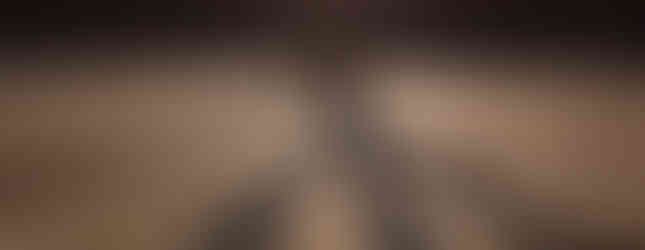


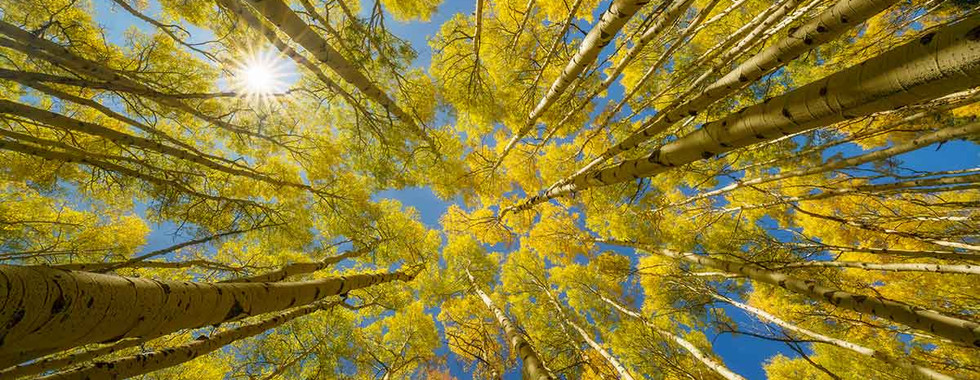























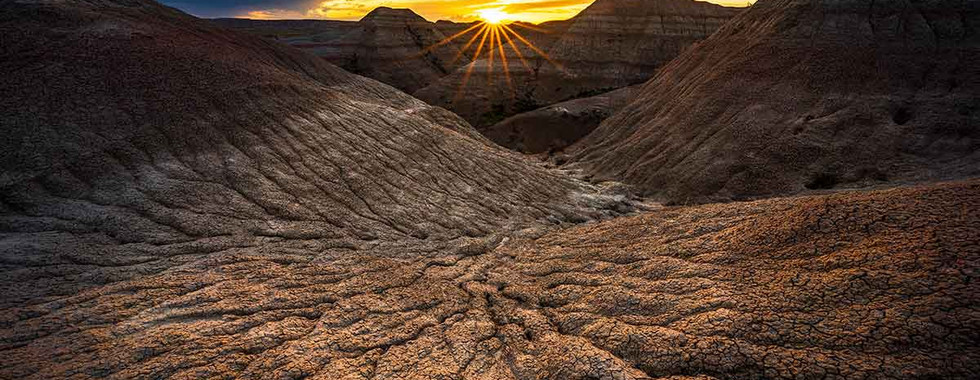
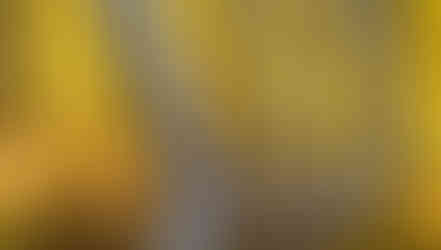

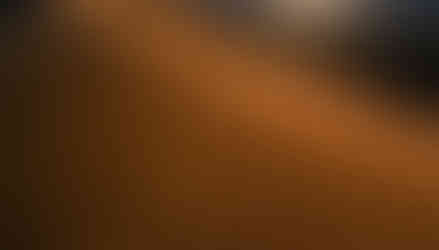













.jpg)



Comments